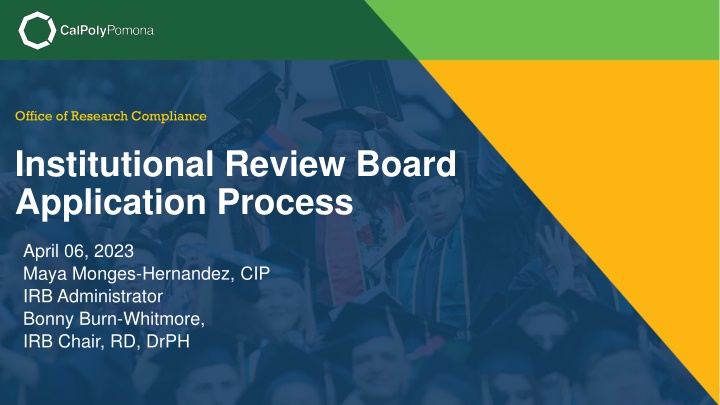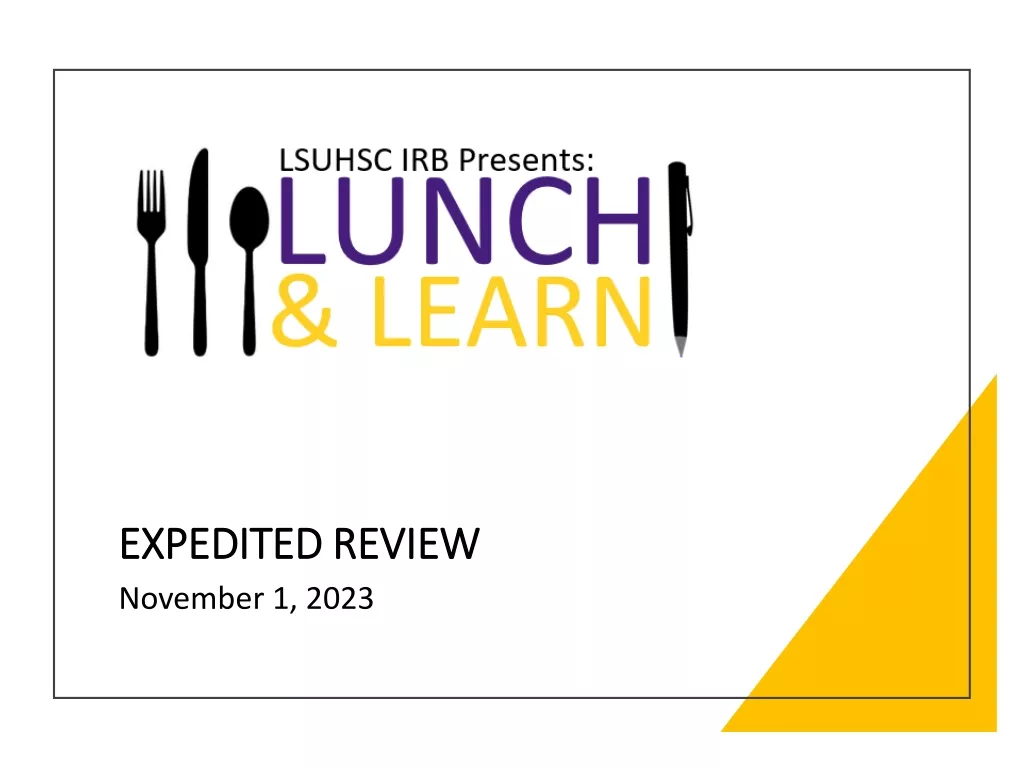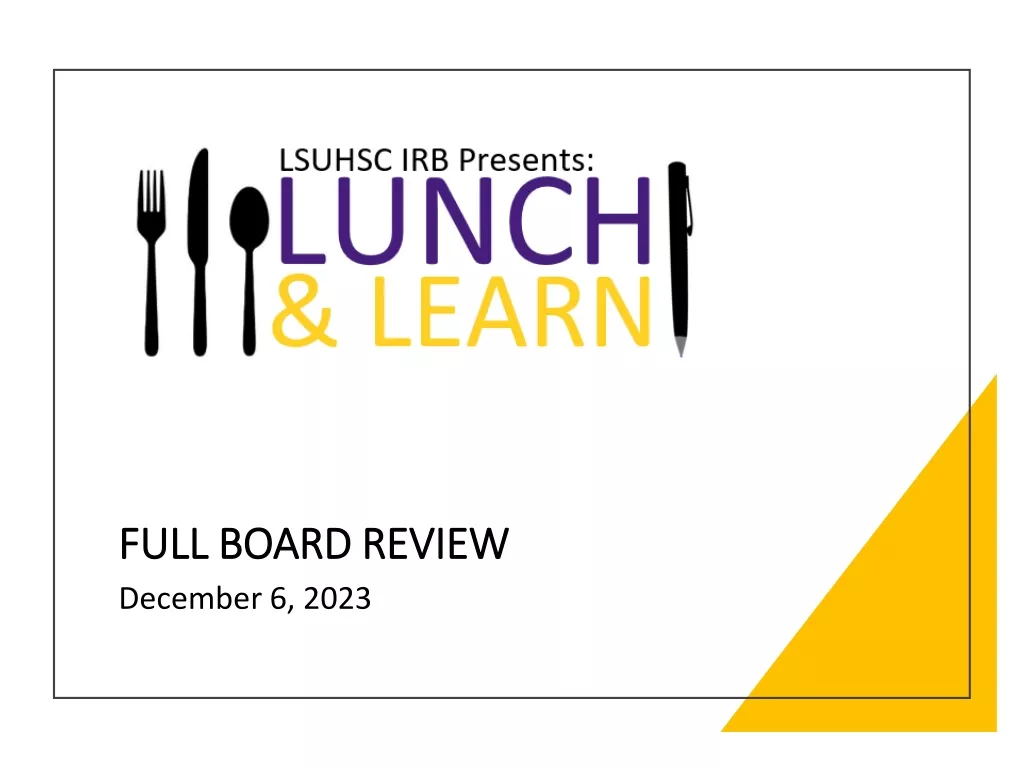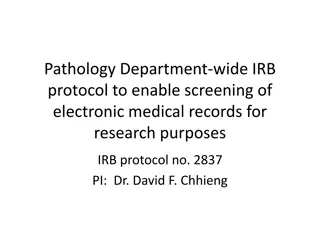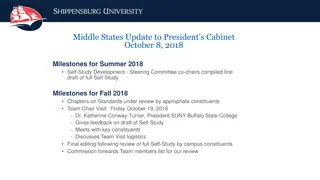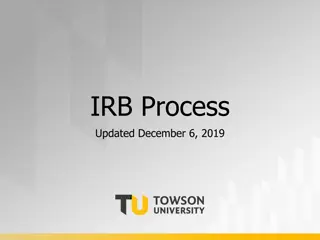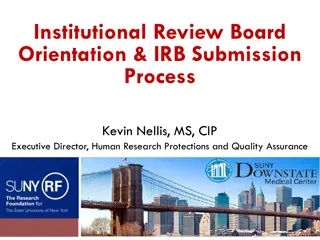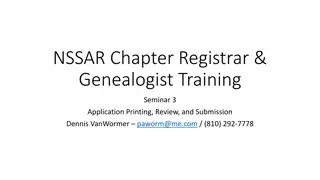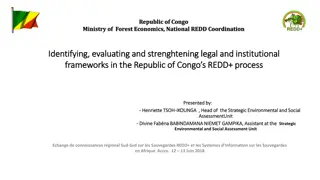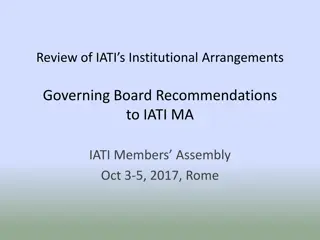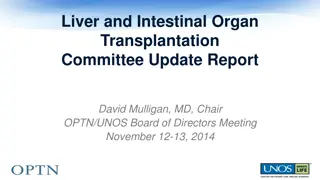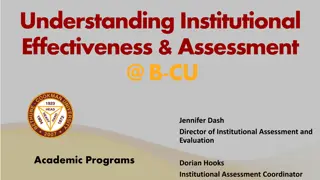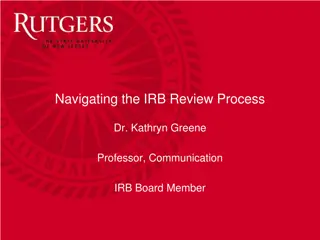Institutional Review Board Application Process
The basics of the IRB, researcher responsibilities, IRB members, and the role of faculty advisors and student investigators in navigating the IRB application process. Understand the importance of ancillary approvals for research projects involving human subjects.
Download Presentation

Please find below an Image/Link to download the presentation.
The content on the website is provided AS IS for your information and personal use only. It may not be sold, licensed, or shared on other websites without obtaining consent from the author.If you encounter any issues during the download, it is possible that the publisher has removed the file from their server.
You are allowed to download the files provided on this website for personal or commercial use, subject to the condition that they are used lawfully. All files are the property of their respective owners.
The content on the website is provided AS IS for your information and personal use only. It may not be sold, licensed, or shared on other websites without obtaining consent from the author.
E N D
Presentation Transcript
Office of Research Compliance Institutional Review Board Application Process April 06, 2023 Maya Monges-Hernandez, CIP IRB Administrator Bonny Burn-Whitmore, IRB Chair, RD, DrPH
Learning Objectives Purpose of the Institutional Review Board- Basics The research process and ancillary approval Protocol process and navigating the Cayuse IRB platform Adequate Resources to Conduct Research
Basics of the IRB Institutional Review Boards
Basics of the IRB Is it Research with human subjects? Research means a systematic investigation, including research development, testing, and evaluation, designed to develop or contribute to generalizable knowledge. Human subject means a living individual about whom an investigator (whether professional or student) conducting research: 1.(i) Obtains information or biospecimens through intervention or interaction with the individual, and uses, studies, or analyzes the information or biospecimens; or (ii) Obtains, uses, studies, analyzes, or generates identifiable private information or identifiable biospecimens.
CPP Researcher Responsibility Encourage research participation Conduct yourself with integrity Follow University policy and sponsor conditions
IRB Members The Cal Poly Pomona IRB The Committee Bonny Burns-Whitmore, IRB Co-Chair Greg Placentia, IRB Co-Chair Members Faculty with various backgrounds and expertise One nonaffiliated member One Nonscientist
Faculty Advisor and Student Investigator Qualified by education, training, and/or experience Recent familiarity and experience with the topic of study IRB investigator Principal Investigator or Co-PI Getting started with a new protocol ( Faculty Information sheet)
Faculty Advisor and Student Investigator
Understanding Ancillary Approvals Some projects involve activities that require specialized review outside of the IRB Research Site Authorizations Departmental Access to Data Registrars' office- FERPA Library deadlines
Protocol Reviews Types of Review Exempt Anonymous or identifiable surveys or interviews less than minimal risk Expedited Collection of data from voice, video- less or greater than minimal risk Full board Present more than minimal risks to subjects Studies involving prisoners, persons with undocumented status, research on illegal activities, incarcerated youth, among others
The IRB Protocol Application- Sections What must be included in the IRB protocol application 6. Data Security 7. Potential Risks 8. Affiliations 9. Informed Consent & Assent Forms 10. Study Declaration 1. Research and focus 2. Methods 3. Subjects and Recruitment 4. Data Collection 5. Vulnerable subjects Confidential research participation means that the data from the research subject(s) can potentially be identified or linked to a particular individual. Thus, any data collected face-to-face (consumer survey, focus groups, standing in front of a classroom, collecting IP addresses, etc.) is automatically considered in the category of being confidential A strictly anonymous study design is one in which it is impossible to trace data or information back to the research subject from whom it was obtained. In other words, the data cannot be identified to any research participant, not even by the researcher.
The IRB Protocol Application-Section 2 Methods Summarize the overall design of your proposed study Procedures involving human subjects, including participant observation, as well as up to 100 semi-structured interviews and life histories, will examine the perceived risks or benefits for local community members of proposed mining development projects, as well as past experiences with social and environmental systems under stress from anthropogenic changes to land, territory and resources. The new Lithium Valley project at the Salton Sea, offers an opportunity to lead students in ethnographic field training that combines community-based action research with citizen science.
The IRB Protocol Application-Section 3 Subject and Recruitment A human subject is a living individual about whom an investigator (whether professional or student) conducting research obtains data through intervention or interaction with the individual or identifiable private information. (Dept. of Health and Human Services, 45CFR46) Describe the characteristics of the subject group(s) that will be used in the study. Participants in the study will include Indigenous people, activists, residents, squatters, as well as migrant farmworkers and geothermal plant operators who are 18 years old or older. The subject pool will include members of the California Energy Commission's Lithium Valley Commission, as well as other stakeholders, decision-makers and experts on the role of mining in the energy transition more broadly.
The IRB Protocol Application-Section 6 Data Security The researcher must provide a plan sufficient to protect personal information from improper use and disclosures, including sufficient administrative, physical, and technical safeguards to protect personal information from reasonable anticipated threats to the security or confidentiality of the information. A strictly anonymous study design is one in which it is impossible to trace data or information back to the research subject from whom it was obtained. In other words, the data cannot be identified to any research participant, not even by the researcher.
The IRB Protocol Application-Section 9 Elements of informed consent include Explanation of the purpose(s) Description of the procedure(s) Summary of the data to be collected Description of any foreseeable risks/ discomforts Description of the benefits to the subject/ including compensation. Explanation of how the investigator (PI) will maintain confidentiality of records. Contact information of all PI s and the IRB office, protocol number A statement that participation is voluntary, that refusal to participate involves no penalty and that the subject may discontinue at any time. Anything else that will help the subject to understand.
Library Resources Subject Librarians https://www.cpp.edu/library/reference-instruction/contact-subject- librarian.shtml https://libguides.library.cpp.edu/datamgmt Workshops (citation, Topic/Research areas and methods) Library Calendar: https://cpp.libcal.com/ Writing Center Website: https://www.cpp.edu/lrc/our-team/writing-center.shtml Bronco Scholar FAQ's: https://www.cpp.edu/library/digital-collections/bronco-scholarworks/faq.shtml Qualtrics https://www.cpp.edu/cba/customer-insights-lab/resources/qualtrics.shtml
IRB checklist Follow a timeline to ensure you are on track Encourage research participation Conduct yourself with integrity Follow University policy and sponsor conditions
QUESTIONS Questions? More info: Human subject research https://www.cpp.edu/research/research-compliance/index.shtml IRB protocol application process https://www.cpp.edu/research/research- compliance/irb/protocol.shtml Irb-office@cpp.edu or 909-869-4215 www.hhs.gov/ohrp/ Members of the IRB-Your college or discipline representative
